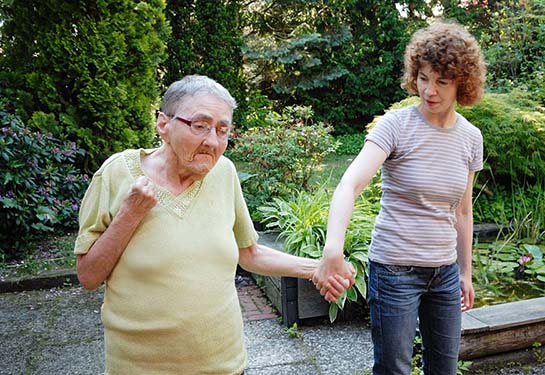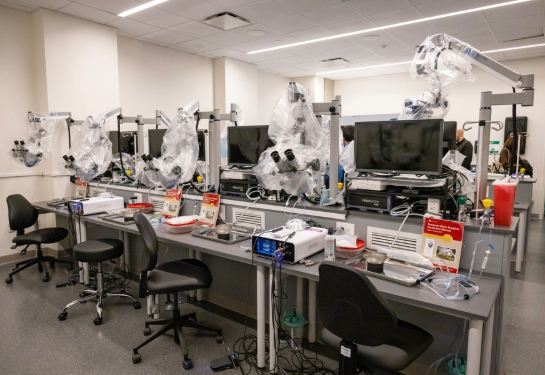How to manage behavioral issues of dementia and Alzheimer’s without psychotropic drugs
“Behavior is what puts people in nursing homes and is the reason for the overuse of psychiatric medications for people with dementia,” said Helen C. Kales, an expert in geriatric psychiatry. Kales is the chair of the Department of Psychiatry and Behavioral Sciences at UC Davis Health. “About 70% of people with dementia are put on psychiatric medications. Much of that prescribing is for sedation.”
A 2018 report from Human Rights Watch found that an estimated 179,000 people in nursing facilities are overmedicated with psychotropic drugs. They are often prescribed to patients who don’t have the diagnosis for which the drugs are approved and without informed consent from family members or the patient.
Kales has focused on managing behavioral problems without medication for most of her career. Her research concluded that the drugs were ineffective, had many side effects, and were often associated with increased death rates — even in the short term.
Her experience with one hospitalized patient has stayed with her. A man who had become agitated was put on high doses of antipsychotics. The drugs made him sleepy. Even when he was awake, he was so affected by the medications he could hardly walk. One day, Kales found him in the dining area, asleep with his face in a bowl of cereal.
“In talking with the staff, we brainstormed ways they could look at the factors contributing to his episodes as opposed to sedating him to the point that he was incapacitated,” Kales said.
A medication-free solution turns caregivers into detectives
In addition to potentially putting the patient’s overall health at risk, overmedication can mask the underlying reasons for the disruptive behavior, which may have serious underlying causes.
“The change in behavior tells us that something is happening that we need to pay attention to,” Kales said. “It could be an expression of the person being in pain or having an infection or injury. Or maybe they are hungry, thirsty, or tired, and their behavior expresses an unmet need.”
Kales and Laura N. Gitlin, a distinguished professor and dean of Drexel University's College of Nursing and Health Professions, have designed a new approach for dealing with behavioral changes.
Known as DICE, the step-by-step method teaches caregivers and healthcare providers to become “behavioral detectives.” They are trained to:
- Describe a behavior, thinking about what happens and the context in which it occurs
- Investigate its possible causes
- Create and implement a plan to address the behavior
- Evaluate the results to determine what worked
“Say, for example, someone suddenly starts getting agitated when it’s time for a bath. Maybe they are very modest and feel uncomfortable with a new caregiver of a different gender. Or maybe the shower is too hot or too cold. By ‘describing’ and ‘investigating’ the behavior, it’s easier to find a non-pharmacological intervention,” Kales said.
Kales recently received a grant from the NIA IMPACT Collaboratory for a pilot study of the DICE method.
Behavioral changes are usually the most challenging aspects of care and cause caregivers the most stress and depression. Teaching new ways to solve behavioral problems can help ease the burden of caregiving and improve the patient's experience. “By studying the DICE method, we hope to provide a non-medicated solution to managing the behavioral and psychological symptoms of dementia,” Kales said.
More information about DICE can be found here.




